Need help: c.1997 Hartco Pattern Plus 5000
speaktodeek
9 years ago
Related Stories
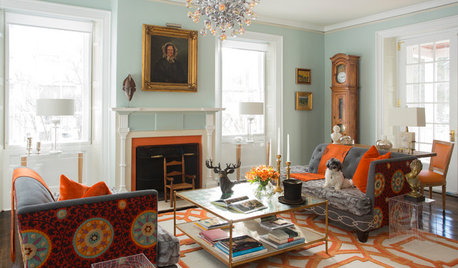
COLORFUL HOMESHouzz Tour: Turning Tradition on Its Head in Vermont
Leopard-spotted stairs, Victoriana paired with Lucite and other daring style moves give a home in a shire a completely new twist
Full Story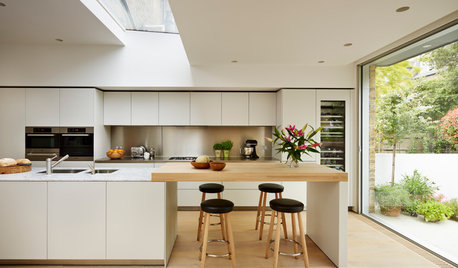
MATERIALSKitchen Ideas: How to Choose the Perfect Backsplash
Backsplashes not only protect your walls, they also add color, pattern and texture. Find out which material is right for you
Full Story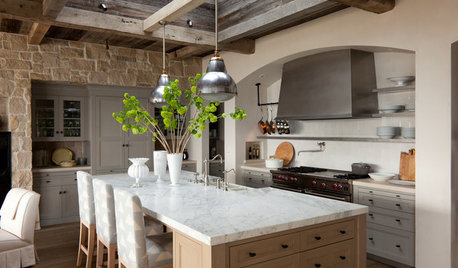
KITCHEN DESIGNHouzz Quiz: What Kitchen Countertop Is Right For You?
The options for kitchen countertops can seem endless. Take our quiz to help you narrow down your selection
Full Story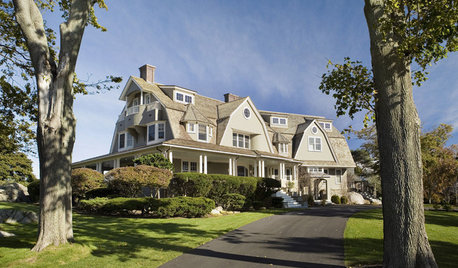
LIFEA Quick Downsizing Quiz for the Undecided
On the fence about downsizing? We help you decide whether that fencing should encircle a mansion or a mini trailer
Full Story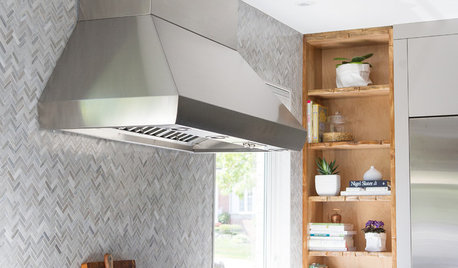
KITCHEN DESIGNKitchen of the Week: Function and Flow Come First
A designer helps a passionate cook and her family plan out every detail for cooking, storage and gathering
Full Story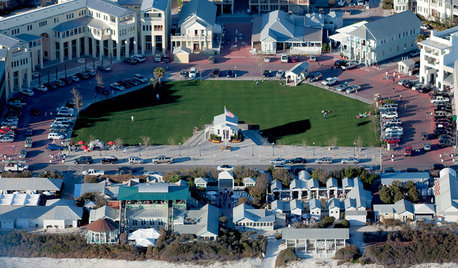
COMMUNITYTour a Pioneering Beach Town That Fosters Community
No cars, mixed-use zones, strict building codes ... a new book takes us inside Seaside, a champion of New Urbanism
Full Story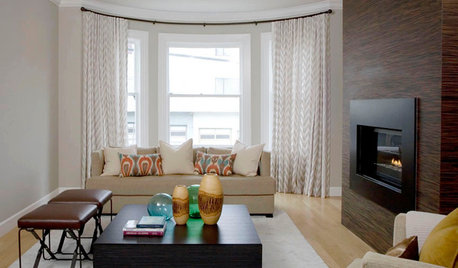
DECORATING GUIDES7 Home Purchases Worth the Splurge
Make buyer's remorse over furniture, textiles and more a thing of the past with this wise purchasing advice
Full Story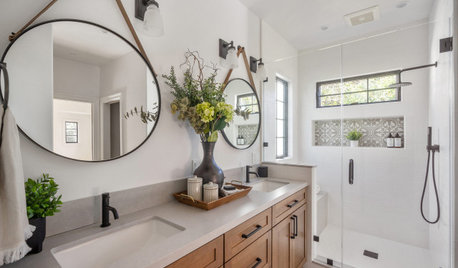
BATHROOM DESIGN5 Common Bathroom Design Mistakes to Avoid
Get your bath right for the long haul by dodging these blunders in toilet placement, shower type and more
Full Story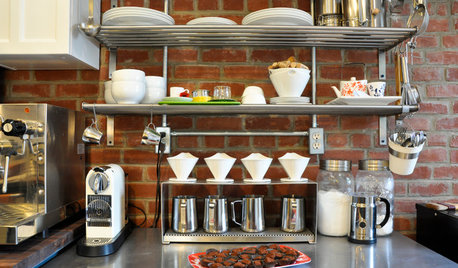
KITCHEN DESIGNSimple Pleasures: Wake Up and Smell the Coffee
Slugging down any old sludge while pulling on socks is no way to start the day. Learn to brew amazing java and savor the experience here
Full Story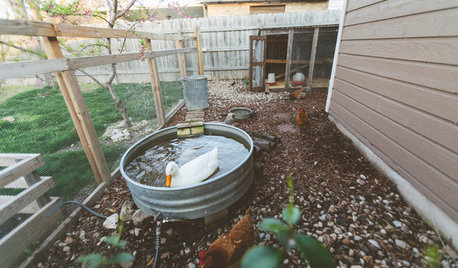
FARM YOUR YARDMy Houzz: An Urban Farm and Animal Sanctuary in Austin
Four dogs, four chickens, a duck and a kitten find refuge in a photographer’s updated home
Full StoryMore Discussions






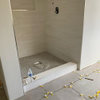
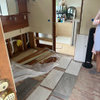
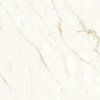
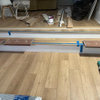

glennsfc
speaktodeekOriginal Author
Related Professionals
Knoxville Flooring Contractors · Lynnwood Flooring Contractors · Mission Viejo Flooring Contractors · Orlando Flooring Contractors · Palatine Flooring Contractors · Tanque Verde Flooring Contractors · Princeton Carpet Dealers · Deer Park General Contractors · Foothill Ranch General Contractors · Henderson General Contractors · Leon Valley General Contractors · Meadville General Contractors · Monroe General Contractors · Norfolk General Contractors · Avenal General ContractorsspeaktodeekOriginal Author
speaktodeekOriginal Author
glennsfc
speaktodeekOriginal Author
glennsfc
User
speaktodeekOriginal Author
glennsfc
User
speaktodeekOriginal Author
User
speaktodeekOriginal Author
glennsfc
speaktodeekOriginal Author
User
speaktodeekOriginal Author
User
speaktodeekOriginal Author
User
speaktodeekOriginal Author
jpbohney
martipp
Neil Moss
mmbudpics